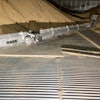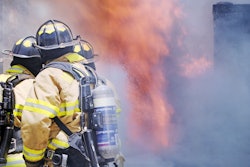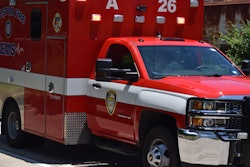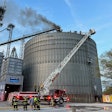
Terry Lively, Safety & Compliance Manager with Marsh McLennan Agency, LLC, revealed that workplace violence is the third leading cause of U.S. fatal occupational injuries at the GEAPS Exchange sessionActive Aggressor: It’s Not Just About a Gun.
The morning session on August 8 educated attendees on causes of workplace violence, how to plan for such an event at your facility and the importance of cooperating with local fire and police departments to ensure safer outcomes.
Workplace violence can be broken into four categories:
- Criminal intent
- Customer/client
- Worker on worker
- Personal relationship/domestic
Lively cautioned that personal relationship violence is on the rise due to stressors at home caused by COVID-19 lockdowns and illness. Gun violence is one form of active aggression; however, knifings and blunt object attacks are much more common.
Traditionally, when workplaces experience an active aggressor they would “duck and hide” and call the police. But Lively said having a comprehensive plan in place can help save lives before the authorities arrive.
“The national average amount of time it takes police and emergency responders to arrive is 12 to 25 minutes, “ Lively said. “You need to enable your workforce to take precaution and actions immediately -- not 10 to 20 minutes later.”
Lively recommends following the A.L.I.C.E. approach when an active aggressor is on site:
Alert
Lockdown
Inform
Counter
Evacuate
“A.L.I.C.E gives personnel non-mandatory options that can be utilized for a variety of types of aggressors,” Lively said.
He also discourages the use of code words to alert employees about aggressors on site because everyone may not be trained on their meaning. Instead be clear and blunt with PA or two-way radio announcements.
“For example, ‘We’ve got someone with a bat in Warehouse A,’” Lively said.
As a last resort when life is in danger, employees should use countering strategies to impact an intruder’s effectiveness, for example throwing objects such as cell phones as a distraction.
A facility should conduct active aggressor drills once per year and they should involve first responder teams as often as possible.
Lively said the local fire department should be an integral partner in this process as they typically respond faster and may have more staff than local police departments.





















